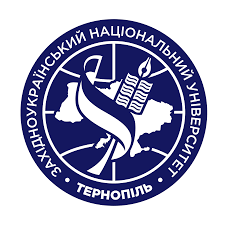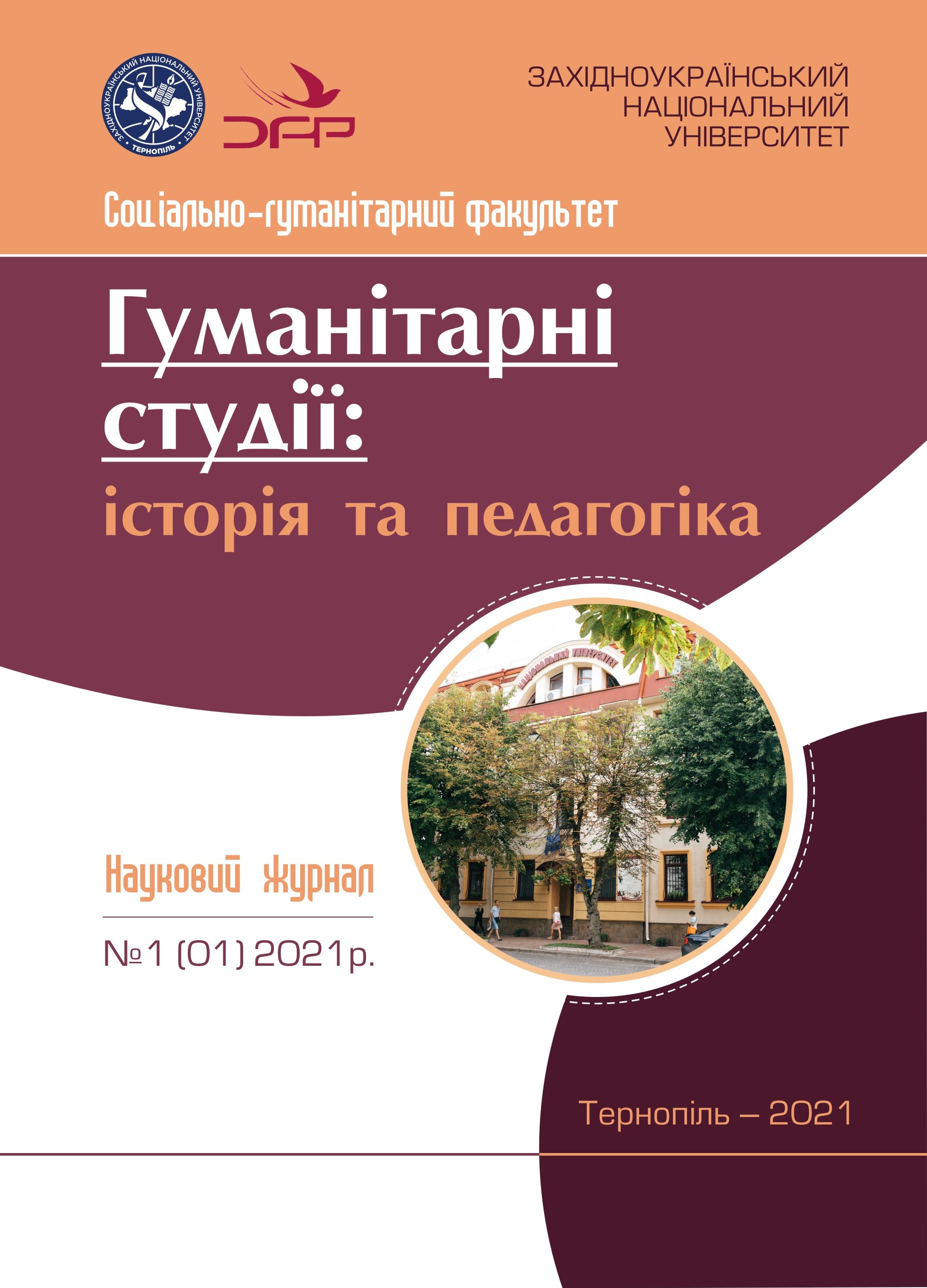Features of providing crisis psychological assistance
Ключові слова:
crisis, stress, psychoeducation, psychological first aid, crisis counselingАнотація
The article examines the theoretical and applied aspects of the organization of crisis psychological assistance. Psychological counseling and psychotherapy in usual, everyday normal conditions has substantive differences and features, is characterized by structure, ambiguity, and programmability. As for working conditions in the circumstances of the crisis, there are many unusual procedural situations that require a new understanding and interpretation. In addition, the range of problems is so wide that it affects ethical, technical, organizational, etc. question. When organizing crisis psychological assistance, it is important to take into account the specifics of the event, the subjective state and experiences of the participants, and, depending on the specifics of the manifestation of reactions and reaction time, to build support strategies. The article defines the reasons for the emergence of crisis situations and the peculiarities of their existence, in particular describes: the differences between emergency and extreme situations; features of living events caused by nature and human activity. Signs of the appearance of stress reactions in response to the crisis are indicated. The differences between: chronic, acute and traumatic stress were analyzed; eustress and distress. The consequences of living in crisis events are studied. Signs of acute stress reaction, acute stress disorder, post-traumatic stress disorder are prescribed. Describes the types of psychological assistance provided during a crisis. The potential and expediency of psychoeducation as a powerful preventive mechanism in the emergence of negative reactions to the crisis is indicated. The specifics of providing psychological first aid (principles of organization, algorithms of action in various circumstances) are described in detail. The specifics of crisis counseling are indicated. One of the most important elements of crisis counseling is providing support, stabilization and finding resources. Active listening is critical, and unconditional acceptance and reassurance must also be present. Methods and algorithms for providing psychological help in a crisis are the result of an eclectic mix of theories: psychoanalytic (ego forces, psychic energy), existential (the idea coincides with the Chinese idea of danger and opportunities, acceptance of personal responsibility), humanistic (optimism, hope, growth), cognitive- behavioral (identification of keys to a crisis state), family-systemic (self-regulation, feedback, counteraction and calibration). To date, short-term programs of crisis psychological assistance have proven themselves well, such as: 8-step program for dealing with loss for adult children and adolescents; model ABC trauma-focused therapy CBT and EMDR. Crisis assistance programs have also been developed in other areas of psychotherapy, but they are not as publicized and regulated.
Посилання
8 крокова програма по роботі з втратою для дорослих дітей та підлітків. URL: https://psyaid.center/8- step-program
Керівництво МПК з психічного здоров’я та психосоціальної під-тримки в умовах надзвичайної ситуації : [пер. з англ.] / Міжвідом-чий постійний комітет. – Київ : Унів. вид-во Пульсари, 2017. – 216 с.
Перша психологічна допомога. Посібник для членів загону швидкого реагування Товариства Червоного Хреста Україним. Київ, 2017
Посібник _Синопсис діагностичних критеріїв DSM-V та протоколів NICE для діагностики та лікування основних психічних розладів у дітей та підлітків. Львів, 2014. 112 с.
Протоколи Національного інституту здоров’я і якості медичної допомоги Великобританії (NICE). URL: http://innerspace.net.ua/ua/nice.html
Benson, H. & Allen, R.L. 1980. How much stress is too much? Harv. Bus. Rev., Sept. - Oct, 89- 92. (86)
Bryant RA. The Current Evidence for Acute Stress Disorder. Curr Psychiatry Rep. 2018 Oct 13;20(12):111. https://doi.org/10.1007/s11920-018-0976-x
Bryant RA, Friedman MJ, Spiegel D, Ursano R, Strain J. A review of acute stress disorder in DSM-5. Depress Anxiety. 2011 Sep;28(9):802-17. https://doi.org/10.1002/da.20737
Caplan, G. (1961). An approach to community mental health. New York: Grune & Stratton.
Caplan, G. (1964). Principles of preventive psychiatry. New York: Basic Books;
Cardeña E, Carlson E. Acute stress disorder revisited. Annu Rev Clin Psychol. 2011;7:245-67. https://doi. org/10.1146/annurev-clinpsy-032210-104502
Edwards, J. R., & Cooper, C. L. (1988). The impacts of positive psychological states on physical health: A review and theoretical framework. Social Science & Medicine, 27(12), 1447–1459. https://doi.org/10.1016/0277- 9536(88)90212-2
Gilliland, B. E., & James, R. K. (1996). Crisis intervention strategie, Third Edition. Pacific Grove, CA: Brooks/Cole.
James, R. K., & Gilliland, B. E. (2012). Crisis intervention strategies (7th ed.).Belmont, CA: Brooks/ Cole.
Janosik, E. H. (1986). Crisis counseling: A contemporary approach. Monterey, CA: Jones and Bartlett.
Kanel K. (2012) A Guide to Crisis Intervention, Fourth Edition. Brooks/Cole, Cengage Learning. 44-74.
Lazarus, R. S. (1991). Progress on a cognitive-motivational-relational theory of emotion. American Psychologist, 46(8), 819–834. https://doi.org/10.1037/0003-066X.46.8.819
Milsum, J.H. “A Model of the Eustress System for Health/Fitness.” Behavioral Science 1985, 30, 179-186. https:// doi.org/10.1002/bs.3830300402
Myer, R. A. (2001). Assessment for crisis intervention: Triage assessment model. Pacific Grove, CA: Brooks/ Cole.
Roberts, A. R. (Ed.). (2005). Crisis intervention handbook: Research, theory, and practice (3rd ed.). New York: Oxford University Press
Regier DA, Kuhl EA, Kupfer DJ. The DSM-5: Classification and criteria changes. World Psychiatry. 2013 Jun;12(2):92-98; https://doi.org/10.1002/wps.20050
Sapolsky, R.M. (2004). Why Zebras Don’t Get Ulcers: The Acclaimed Guide to Stress, Stress-Related Diseases and Coping (3rd ed.). New York: Holt Paperbacks.
Selye H. (1974), Stress without Distress, 1st ed., Lippincott Williams & Wilkins, Philadelphia
Siang Yong Tan, A Yip, , Hans Selye (1907–1982): Founder of the stress theory. Singapore Med J. 2018 Apr; 59(4) https://doi.org/10.11622/smedj.2018043
Slaikeu, K. A. (1990). Crisis intervention: A handbook for practice and research,2nd ed. Boston: Allyn & Bacon.
The Inter-Agency Standing Committee .URL: http://interagencystandingcommittee.org/iasc
World Health Organization (2013). Guidelines for the management of conditions that are specifically related to stress. Geneva, WHO URL: https://www.who.int/publications/i/item/9789241505406




